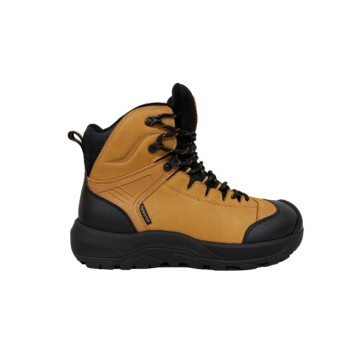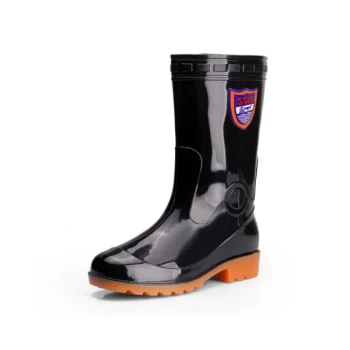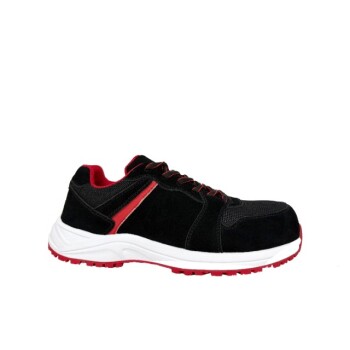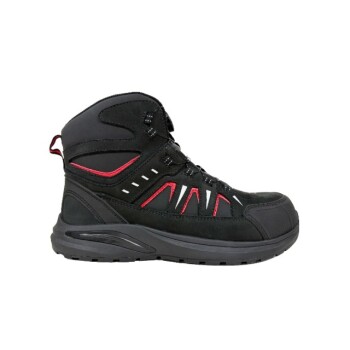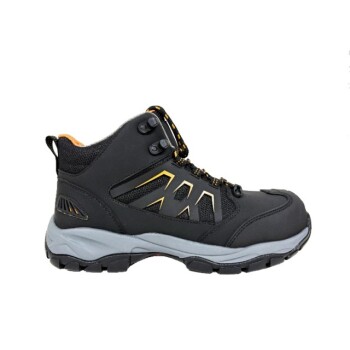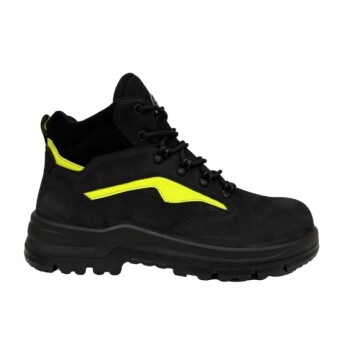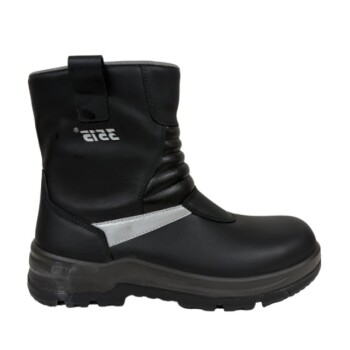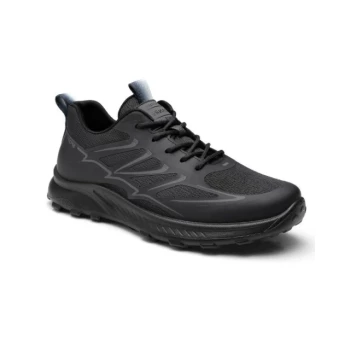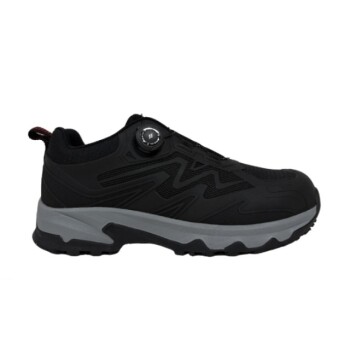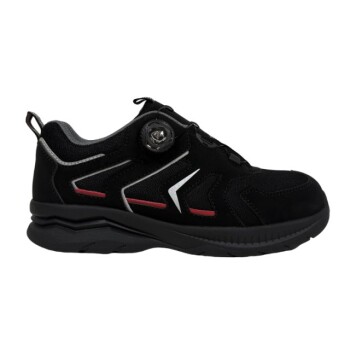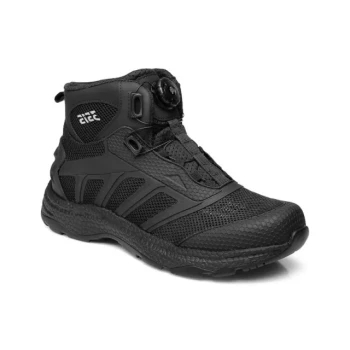At its core, your feet get cold while cycling in winter for two primary reasons: they generate very little heat on their own, and they are under constant attack from external elements that strip warmth away. Unlike running, cycling doesn't actively use the small muscles in your feet, while wind, moisture, and direct contact with cold pedals create a perfect storm for heat loss.
The fundamental challenge is a heat deficit. Your feet produce minimal warmth during a ride, while the combined forces of wind (convection) and cold pedals (conduction) relentlessly pull that warmth away. Effective solutions must both insulate from the inside and shield from the outside.
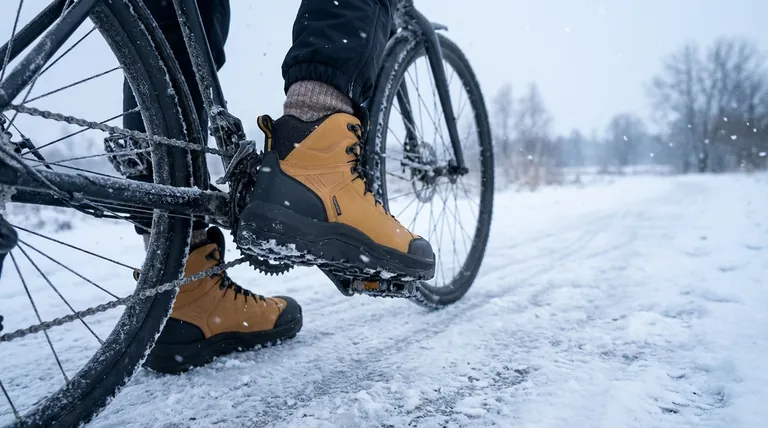
The Anatomy of Cold Feet on a Bike
To solve the problem of cold feet, you first have to understand the specific physiological and environmental forces at play. It's a battle fought on two fronts: internal heat generation and external heat loss.
The Internal Factor: Insufficient Heat Generation
Your body is an engine, but on a bike, your feet are mostly just along for the ride.
- Low Muscle Activity: Cycling is a powerful leg and glute exercise, but it barely engages the small, intrinsic muscles within your feet. Unlike walking or running where these muscles are constantly firing, cycling leaves them mostly dormant, meaning they generate very little metabolic heat.
- Restricted Blood Flow: When your body senses cold, it enacts a survival mechanism called vasoconstriction. It narrows the blood vessels to your extremities—like your feet and hands—to redirect warm blood to your vital organs. This further reduces the primary source of warmth your feet receive.
The External Assault: How Heat Escapes
Your feet are positioned at the front line, exposed to a multi-pronged attack from the cold.
- Convection (The Constant Wind Chill): As you ride, you create your own wind. This constant flow of cold air over the surface of your shoes relentlessly strips away the layer of warm air trying to form around your feet. The faster you go, the greater this cooling effect becomes.
- Conduction (The Pedal Problem): Your feet are in direct contact with your pedals through your shoe's sole. If you use metal pedals, this becomes a major problem. Metal is an excellent thermal conductor, actively pulling heat from your feet 100 to 1000 times faster than plastic.
- Evaporation (The Danger of Sweat): Even on a cold day, your feet can sweat. If that moisture gets trapped in your socks and can't escape, it will begin to evaporate, a process that rapidly cools the skin and negates the benefit of your insulation.
Strategies for Winning the Warmth War
Keeping your feet warm is not about a single magic bullet, but about building a robust system that insulates, protects, and manages moisture.
Step 1: Fortify Your Footwear
Your shoe is your primary fortress against the cold.
- Insulated Insoles: One of the most effective first steps is to combat conductive heat loss through the sole. A simple closed-cell foam or wool insulated insole creates a crucial barrier between your foot and the cold cleat/pedal interface.
- Seal the Vents: Most cycling shoes are designed for summer and are full of ventilation holes. Covering these holes on the outside with a durable tape (like duct tape or electrical tape) immediately reduces convective heat loss.
- Dedicated Winter Boots: For serious winter riding, nothing beats a pair of dedicated winter cycling boots. They are built with integrated insulation, windproof and water-resistant materials, and a higher cuff to seal out the elements.
Step 2: Master the Art of Layering
Your socks and shoe covers are your adaptable layers of defense.
- Choose the Right Socks: Merino wool is the gold standard for winter cycling socks. It insulates even when damp and effectively wicks moisture away from your skin. Avoid cotton at all costs.
- Use Shoe Covers (Booties): Overshoes are essential. A good pair of neoprene booties provides an excellent thermal barrier, blocks the wind completely, and offers significant water resistance. For extreme cold, you can even layer two pairs of booties.
Step 3: Introduce External Heat
For the coldest days, you can bring your own heat source.
- Chemical Warmers: Single-use, air-activated toe warmers can be placed on top of or below your toes (outside your sock) to provide several hours of targeted heat. They are an excellent solution for those who suffer from chronically cold feet.
Understanding the Trade-offs
Building the perfect system requires avoiding common mistakes that can make the problem worse.
The Tightness Trap: Restricting Circulation
The single biggest mistake is wearing socks that are so thick they make your shoes too tight. This compresses your foot, restricting the already-limited blood flow and making your feet even colder. It is better to have a slightly less insulated foot with good circulation than a heavily insulated one with none.
The Waterproofing Paradox
While keeping your feet dry from the outside is crucial, completely waterproof gear can backfire. Some waterproof socks or non-breathable systems can trap all your sweat inside, leading to the rapid evaporative cooling we discussed earlier. The key is a balance between water resistance and breathability.
The Quick Fix That Fails
Avoid placing aluminum foil under your footbeds. While it seems like a good idea based on the principle of reflecting radiant heat, it shreds into useless pieces almost immediately under the pressure of pedaling and offers no real-world benefit.
Making the Right Choice for Your Goal
Your ideal setup depends on the conditions and the type of riding you do.
- If your primary focus is short commutes or casual rides: Start with a quality pair of merino wool socks and a set of windproof, neoprene shoe covers over your regular cycling shoes.
- If your primary focus is long-distance winter training: Invest in dedicated winter cycling boots and experiment with a two-sock system (a thin liner sock with a thicker wool sock over it) to find the right balance of warmth and fit.
- If your primary focus is riding in wet, slushy conditions: Prioritize a fully waterproof shoe cover or winter boot, and be mindful of managing sweat with high-performance wicking socks.
Ultimately, achieving warm feet allows you to focus on the ride, not your discomfort, turning winter cycling from a challenge to be endured into an experience to be enjoyed.
Summary Table:
| Problem | Root Cause | Key Solution |
|---|---|---|
| Internal Cold | Low muscle activity & restricted blood flow (vasoconstriction) | Merino wool socks; avoid overly tight footwear |
| Convection (Wind) | Constant wind chill strips away warmth | Windproof shoe covers (booties); tape over shoe vents |
| Conduction (Pedals) | Metal pedals rapidly pull heat from feet | Insulated insoles; plastic/composite pedals |
| Evaporation (Sweat) | Moisture from sweat leads to rapid cooling | Moisture-wicking socks; breathable, water-resistant layers |
Ready to keep your riders comfortable all winter long?
As a large-scale manufacturer, 3515 produces a comprehensive range of insulated and waterproof footwear for distributors, brand owners, and bulk clients. Our production capabilities encompass all types of winter cycling boots and shoes designed to combat the cold.
We can help you equip your customers with the right gear to enjoy cycling in any season. Contact our team today to discuss your footwear needs and explore our catalog.
Visual Guide
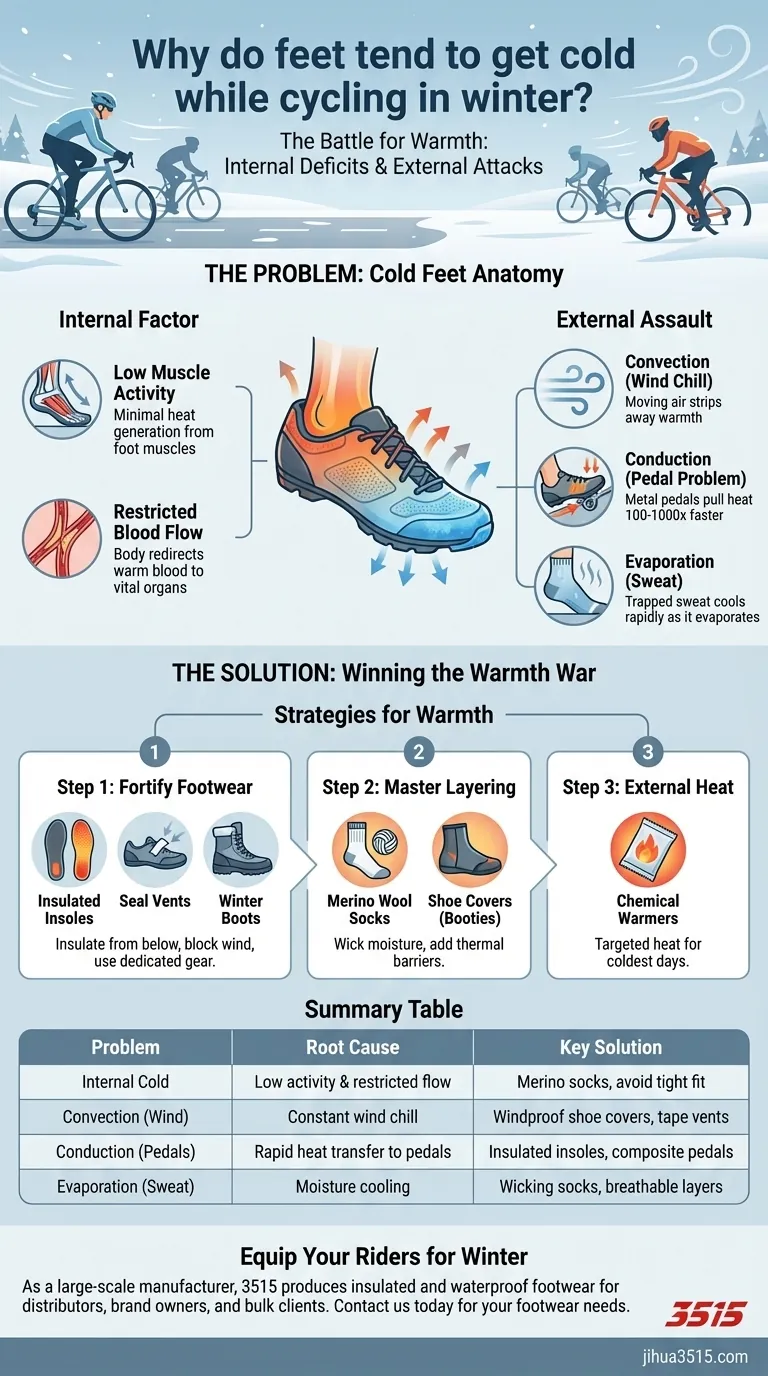
Related Products
- Premium Insulated Safety Boots and Shoes for Wholesale & Bulk Orders
- Safety Footwear Wholesale Manufacturer for Custom OEM/ODM Production
- Durable Waterproof Rain Boots | Custom Manufacturer for Wholesale & Brands
- Wholesale Customizable Safety Boots Durable & Protective Footwear Manufacturing
- Premium Suede Sport Safety Shoes for Wholesale & Bulk Orders
People Also Ask
- What is the best way to protect feet from frostbite in winter? A Complete System for Dry, Warm Feet
- Why is keeping feet warm important during winter work? Protect Your Health and Safety on the Job
- Why is it important to keep feet dry during winter? Prevent Frostbite & Infections
- What is Thinsulate and how does it function in insulated boots? Achieve Superior Warmth Without Bulk
- What should be considered when choosing winter work boots? Key Factors for Safety & Warmth
